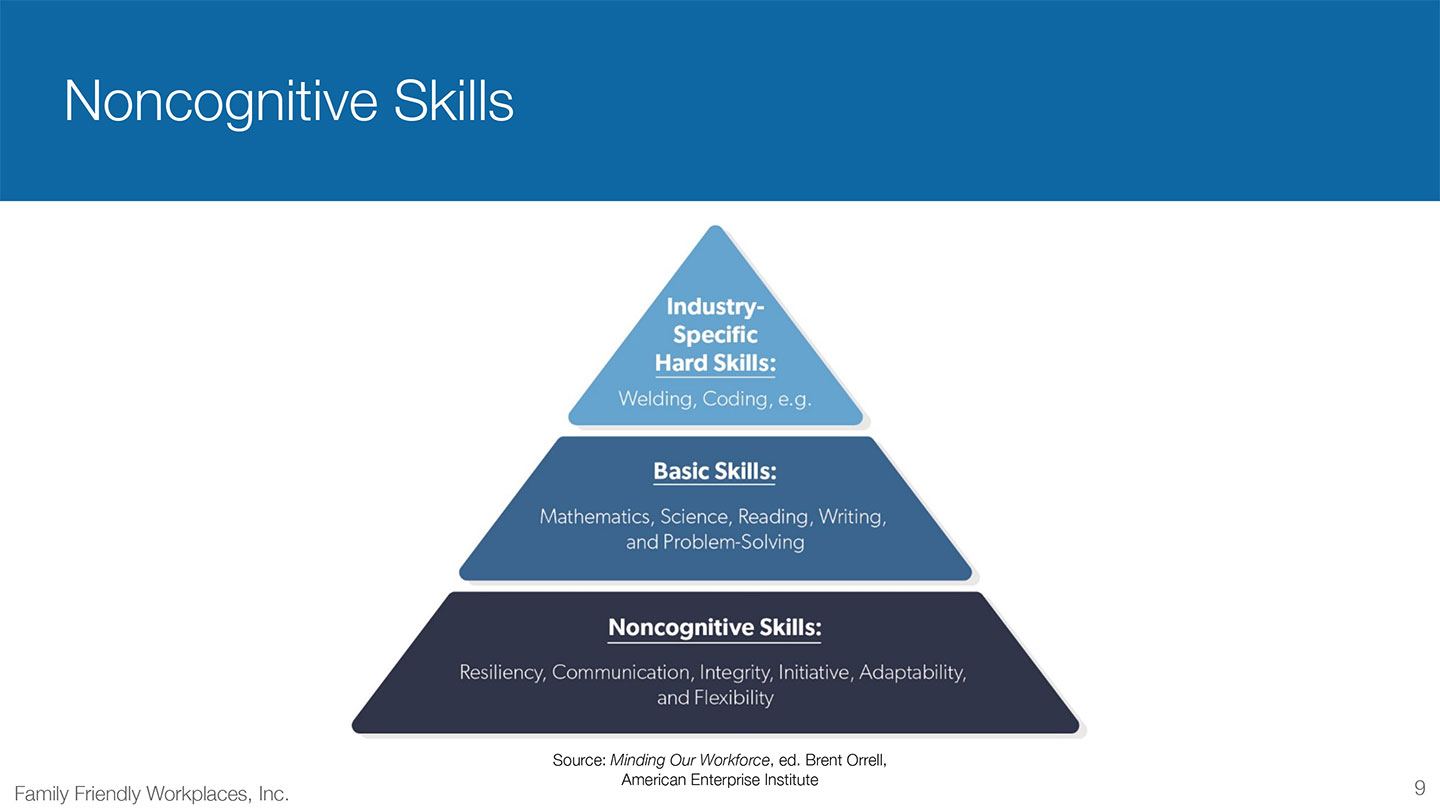Addressing Our Workforce Shortage
Western Wisconsin’s Workforce Shortage
We Don’t, and Won’t, Have Enough People
The charts below are demographic projections of net workforce entrants for Wisconsin state-wide, and for St. Croix, Pierce, and Polk Counties.
- Both charts are calculated by subtracting the number of 65-69 year olds departing the workforce in a given year from the number of 15 to 19 year olds entering the workforce in the same year.
On a statewide basis, in 2030 Wisconsin is projected to add just 129 souls to the workforce.
The same pattern exists for St. Croix, Pierce, and Polk Counties. In 2030:
- St. Croix and Pierce Counties will add only 200 people to the workforce.
- Polk County will have been losing workforce members for 15 years.
The bottom line: This shortage represents a significant constraint on our region’s ability to grow, and even maintain, its workforce, which will meaningfully impact wealth creation and distribution.

Western Wisconsin is getting older faster than the rest of the state.

Wisconsin’s median age increased by 1.5 years from 2010 to 2020.
- St. Croix County, the media age increase was double that, at 3 years.
- Pierce increased by 3.1.
- Polk increased by 3.8.
- Much of western Wisconsin’s population increase is being driven by people who are over 55 years old, which isn’t the right age demographic to meaningfully impact the workforce shortage described above.
Our Strategic Response
The data above provides a structure for us to think about how we might respond to the challenge. Click on the tabs below to learn how our program addresses each of these time frames.
We do this via our Matrix, which we developed in concert with JA Counter – Alera in New Richmond. It is designed to recognize benefits packages which can be considered above market average.
- The result is a certification designed to help employers compete for, and retain, talent in today’s tight labor market.

- We want to develop for western Wisconsin a reputation as the premier destination to raise your family.
To understand why this reputation represents a meaningful opportunity to differentiate our area, we utilize what we call The Triad, shown below.

The first two points on the Triad are proximity to urban amenities and perceptions of safety/cost of living.
- These are aspects of suburban, exurban, or rural life shared by nearly all communities adjacent to the Minneapolis/St. Paul metro area, and therefore do not aid us as we compete against these communities for talent.
The pitch: By developing a reputation as the premier destination to come to raise your family, we will develop a differentiating factor for our region, which can then be deployed as we compete against other communities for talent.
- The demographic cake is baked through roughly 2032, and the one tool we have to address the most acute shortfall is to increase the number of folks moving to, and working in, our area.

To properly staff our workforce, we will need every child to enter it on time, and with the skills they need to succeed.
The skills matrix provided below helps clarify the role non-cognitive skills play in supporting the development of basic and specific skills later in life.
If children do not form a strong foundation of non-cognitive skills, all of the resources and effort in K-12 education focused on basic skills development, and the resources and effort focused on specific skills development in post-secondary education, will fall through.
- To properly staff our workforce, we will need every child to enter it on time, and with the skills they need to succeed.
The Bottom Line: The formation and maintenance of strong, stable, and supportive relationships is one of the main things in a child’s life which encourages the formation of these skills.
For employers, doing whatever you can to encourage the formation and maintenance of these relationships will materially aid in the development of non-cognitive skills.



